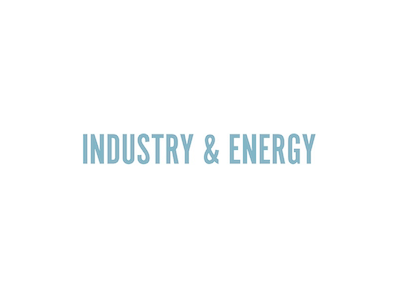The process industry cannot continue to build on existing energy sources and raw materials. According to Chief Technology Officer Marcus Remmers of chemical and life science company DSM, we are on the eve of a biotechnology revolution to tackle the challenges in the field of climate, nitrogen and biodiversity. In the long run, we will need far fewer cows for milk and meat, and chemistry will produce materials from sun, wind, water and CO2.
Remmers: ‘There are major challenges in the area of climate. And don’t forget the problems in the field of biodiversity. If we want to live in a liveable world in a few decades with enough food and resources for nine billion people in 2050, a lot will have to change. ‘Top priority now is the decarbonisation of the energy supply. It is therefore essential to make huge investments in the electricity grid and sustainable energy generation, such as solar and wind power.’
Milk proteins
When it comes to the production of food and materials, carbon is and remains an essential building block. Whereas the decarbonisation of energy is primarily aimed at tackling the climate crisis, Remmers believes that recarbonisation can also offer solutions in the area of biodiversity. I think that is why we are on the eve of a revolution in the field of biotechnology. The existing methods simply won’t get us there. We can obtain nutritious milk proteins from residual streams as well as from animals. And in the field of meat production, there are many interesting innovative developments. Take cultured meat, for example. Experts believe that the stem cells from one gram of muscle tissue will soon be able to make over 10,000 kilos of meat. In theory only 150 cows are needed to produce enough stem cells to make cultured meat for the entire world population.
Low Technology Readyness Level
In the field of materials, too, we will soon be able to use raw materials much more efficiently. Steps are already being taken to recycle waste plastics. But this can go much further. For example, there are already initiatives to extract chemical building blocks from carbon monoxide (CO), an important waste gas from the steel industry. Recycling carbon dioxide goes one step further. If large-scale conversion of CO2 from concentrated – mainly industrial – sources into chemical building blocks is successful, an important circle appears to be closed. Whether in the future CO2 will also be removed from the atmosphere on a large scale is very doubtful, according to Remmers. That costs a lot of energy. I do not think that this can be realised in an efficient manner.
The revival of electrochemistry will play an important role. CO2 is still seen as the drain on chemistry. In order to make CO2 useful again, it needs an ‘energy upgrade’, according to Remmers. The most logical energy carrier for this is green hydrogen, obtained from the electrolysis of water. There is much more to be done with different hydrocarbons as an intermediate product. It seems a nice prospect, but we are still far from that, Remmers warns. Such conversions have a low Technology Readiness Level and are still very inefficient.
Integrated production
There are still some stages to go through. The first two generations are almost known. First-generation bioprocesses, for instance, convert agricultural products such as maize, wheat, sugar cane and sugar beet into various chemical building blocks and fuels. Remmers: ‘Worldwide, there are already more than a thousand factories of this first generation. The second generation is much more in its infancy. These processes involve the conversion of non-edible parts of crops. Think of cellulose and lignin.
The third generation is mainly about the emergence and conversion of photosynthetic microalgae. The advantage is that they convert sunlight and CO2 relatively quickly into high-quality biomass. Moreover, the cultivation of algae is very intensive and a high yield can be realised on a relatively small surface area. Also in places that are less or not suitable for agriculture.
In the fourth generation, sustainably generated electricity and thus electrochemistry will play an important role, according to Remmers. The sugars from the first two generations can be enriched with building blocks produced from CO2 and green hydrogen. Think of methanol, methane, formic acid and carbon monoxide. This results in an integrated production with diverse products, from ethanol and butanol to food and feed ingredients and chemical building blocks, without CO2 emissions.
Biodiversity
Remmers then sees one more possible step. He calls it complete e-fermentation. Materials, chemical building blocks, fuels and heat might then be produced from carbon, water and electrons. Obtained from CO2 and sustainable energy sources such as wind and sun. Integration with food and feed may then be unravelled. Our food, even meat, will then come from agriculture. Remmers: ‘Decoupling? I see it more as an efficiency drive. Particularly in order to give biodiversity free rein.


